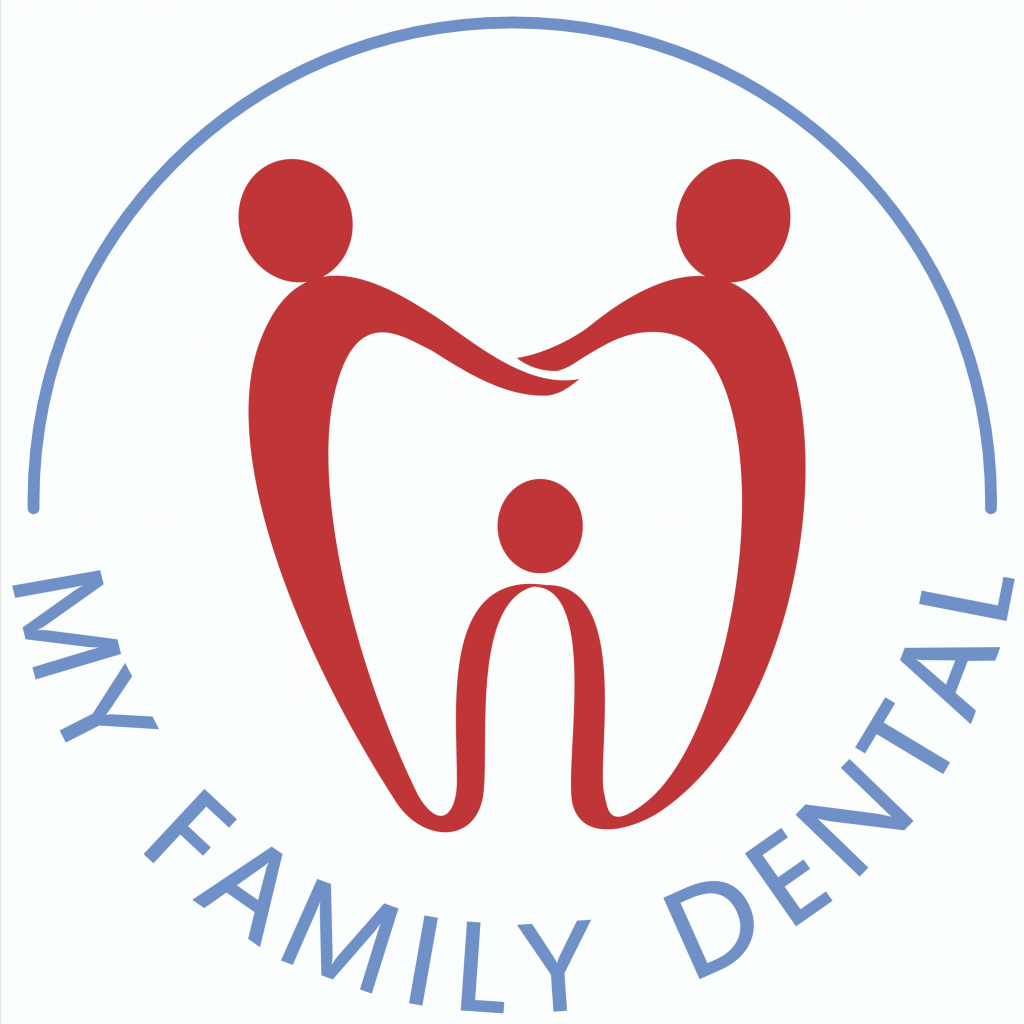When it comes to dental fillings, there are a few things you need to know. For example, what kind of filling is best for you, what is the cost, and what’s involved in the procedure? In this post, we’ll cover all of that and more. So whether you’re considering a dental filling or are just curious about them, read on!
1. What are dental fillings, and what do they do?
Dental fillings are used to restore cavities or other damage in the teeth. The filling material is placed in the damaged area and then shaped to blend in with the rest of the tooth. Different filling materials can be used, including gold, amalgam (a mixture of metals), composite resin (plastic), and porcelain. Dental fillings last for many years before they need to be replaced. However, they can sometimes become loose or fall out entirely over time. If this happens, it’s essential to see a dentist as soon as possible to have the filling replaced.
2. How much do dental fillings cost, on average, in Australia?
The cost of dental fillings in Australia can vary depending on the filler used, the size of the cavity, and the dentist’s location. However, on average, dental fillings cost $50. The most common type of dental filling is a composite filling made from plastic and glass. These fillings are usually cheaper than other fillers, such as gold or porcelain. However, they may not last as long as different types of fillings. Therefore, dentists may recommend a more durable filling for large cavities or cavities located in visible areas, such as the front teeth.
3. What is the process for getting a dental filling?
The first step is to visit your dentist when you have a cavity. They will evaluate the severity of the decay and recommend the best treatment option. They may simply clean and polish the area if the hole is small. However, if the decline is more advanced, they will need to remove the affected tooth material and fill the space. This can be done using various materials, including gold, amalgam (silver), or composite resin (tooth-coloured). The filling your dentist recommends will depend on the cavity’s location and your personal preference. Once the deciding factors have been determined, your dentist will numb the area and carefully remove the decayed tooth material. They will then clean and prep the area before placing the filling. The final step is to polish and shape the filling to blend in with your natural tooth.
4. Are there any risks associated with dental fillings?
Dental fillings are a common and effective way to treat cavities. However, as with any medical procedure, there are some risks associated with dental fillings. The most common complication is root canals, which occurs when the filling material comes into contact with the tooth nerve. This can cause pain and irritation and may require additional treatment. There is also a small risk of allergic reaction to the filling material. In rare cases, the fillings can crack the tooth or cause other damage.
5. What are some pros and cons of getting a dental filling?
Amalgam fillings are strong and durable, but they are also noticeable and may require the removal of healthy tooth structure. Composite fillings are less visible and bond directly to tooth structure. Still, they may not be as strong as amalgam fillings. Gold fillings are the most expensive option but are also the longest-lasting.
6. How long will my dental filling last?
Dental fillings are a standard and effective treatment for cavities. They are also one of the most durable dental treatments, lasting 10-15 years. However, the exact lifespan of a dental filling will depend on several factors, including the filling material used, the location of the filling, and how well the patient takes care of their teeth. For example, fillings made from gold or ceramic are likely to last longer than those made from amalgam. Similarly, fillings located in areas of high stress (such as the chewing surface of a molar) may not last as long as those in less stressful areas. Finally, patients who smoke or have poor oral hygiene habits are more likely to experience premature wear and tear on their fillings. However, most patients expect their dental fillings to last for years with proper care and regular dental checkups.
Dental Fillings at My Family Dental QLD in Australia
My Family Dental QLD is committed to providing our patients with the best dental care possible. That includes offering various treatment options, from traditional fillings to more modern alternatives like white fillings and crowns. So if you need a dental filling, don’t hesitate to contact us to schedule an appointment.
My Family Dental has dental clinics in Emerald, Bowen, Innisfail, Townsville, Ingham, and Bohle Plains for your convenience.



